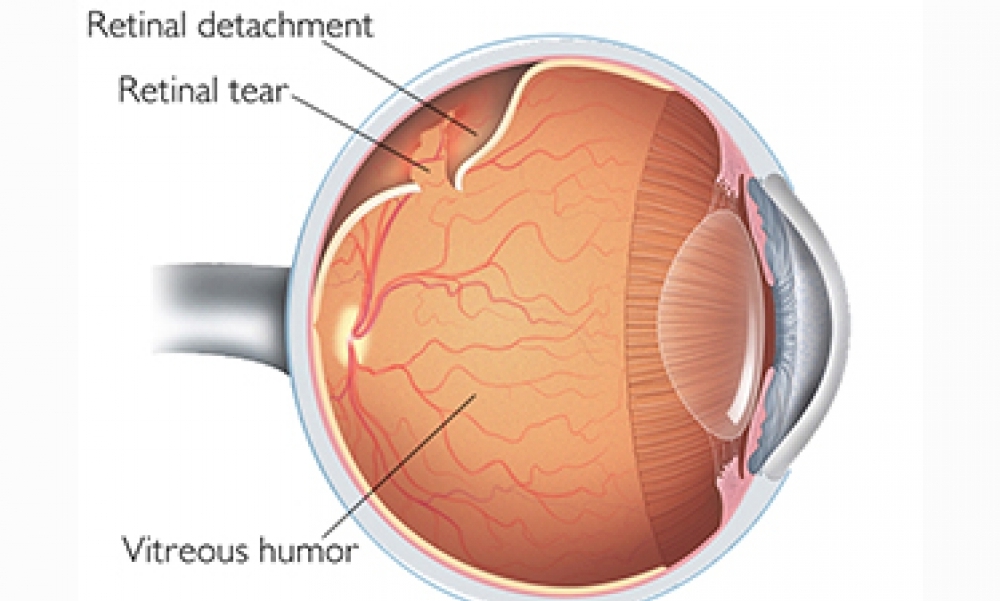What Is Vitrectomy?
Vitrectomy is a type of eye surgery used to treat problems of the eye’s retina and vitreous. In this surgery, an ophthalmologist may:
- remove blood or other substance keeping light from focusing properly on the retina
- remove scar tissue that is wrinkling or tearing the retina and causing poor vision
- help repair a retina that has detached (pulled away) from the eye wall
- remove a foreign object stuck inside the eye from an injury
During vitrectomy, the ophthalmologist removes some or all of the vitreous from the middle of your eye. This vitreous is replaced with either a salt water (saline) solution or a bubble made of gas or oil.
When Is vitrectomy done?
Your ophthalmologist may recommend a vitrectomy if you have one of these diseases or conditions:
- diabetic retinopathy, with bleeding or scar tissue affecting the retina or vitreous gel
- some forms of retinal detachment (when the retina lifts away from the back of the eye)
- macular hole (a hole or tear in the macula)
- macular pucker (wrinkles or creases in the macula)
- an infection in the eye called endophthalmitis
- severe eye injury
- certain problems during cataract surgery
What Happens During a Vitrectomy?
Vitrectomy is usually done in an outpatient surgery center. You will have a local or a general anesthesia to numb the eye. Surgery can take from one to several hours.
During surgery, the ophthalmologist will make a small cut (incision) in the white of the eye (sclera). He or she will use a microscope to see inside your eye. Your surgeon will use tiny tools to do one or more of these steps:
- remove all cloudy vitreous
- remove scar tissue from the retina
- remove any cataracts
- remove any object that should not be in the eye
- return the retina to its proper position against the back of the eye
- use a laser to repair a torn retina or other procedure
- place an air or gas bubble in your eye to help the retina remain in its proper position (bubble goes away on its own)
- place a silicone oil bubble in your eye (oil removed later during second surgery)
Following the surgery, you will be monitored as you rest and recover from anesthesia. Then you can go home.
What happens after vitrectomy surgery?
Your ophthalmologist will prescribe medicine to help relieve pain. You will also be given eye drops to use for up to 4 weeks.
Your doctor will have you wear a patch on your eye for a few days to protect it. He or she will tell you when you can safely get back to doing your normal activities.
If a gas bubble was placed in your eye
You may need to keep your head in a facedown (or side-facing) position for a specific period of time. Your ophthalmologist will tell you exactly how long to stay in that position. It is very important to follow these instructions to heal properly.
You cannot fly in an airplane until the gas bubble is gone. This is because a rapid altitude change can affect the size of the bubble.
What Are Vitrectomy Surgery Risks?
Like any surgery, vitrectomy has risks. They include:
- infection
- bleeding
- torn or detached retina
- poor vision
- glaucoma, when pressure builds up within your eye
Another possible risk after vitrectomy is getting a cataract in that eye. This is especially likely to happen in people over age 50 who have vitrectomy. If you already had cataract surgery with a lens implant, vitrectomy will not harm your implanted lens.
Vitrectomy surgery often improves vision or keeps it from getting worse.
Information from American Academy of Ophthalmology
 02-056-3333
02-056-3333





